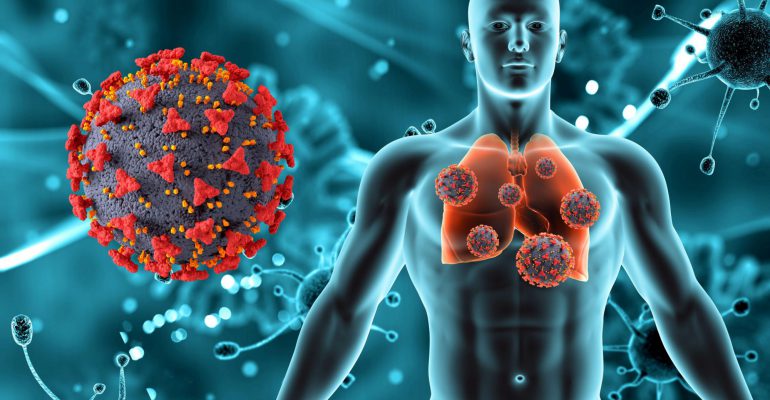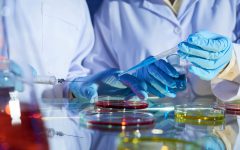Where are my ATPs???? Oh no, its BDQ (sounds awfully like barbeque!)
April 20, 2023 2023-04-25 6:30Where are my ATPs???? Oh no, its BDQ (sounds awfully like barbeque!)
Some say it is a sleeping pandemic, some says its untreatable…. It’s one of the most difficult bacteria to cultivate and a bacterium around which revolves so much research… yes, I am talking about none other than Mycobacterium tuberculosis. This deadly bacterium can practically infect any part of our body, from the lungs to the colons to the brain in some cases. However, the most bewildering fact about this bacterium is its ability to evolve with us, maybe even faster than us. The World Health Organization (WHO) End TB plan was created in 2015 with the intention of ending tuberculosis (TB) pandemic by 2035; however, the rate of case decrease from 2015 to 2018 was just 6.3%, making it difficult to achieve the target of a 20% reduction rate by 2022.
The reason? Its ability to remain dormant for years in our body and grow resistant to almost every drug used for its treatment and evolving into a multi-drug resistant strain. Even problematic is the fact that only about 56% of people with MDR-TB are actually cured, the rest potentially serve as an evolution vessel for the next-gen of MDR-TB.. what is so special about this bacterium? Well, when dormant it is almost resistant to most of the drugs as it’s very good at hiding… almost too good and shows very little metabolic activity.
But hey not to worry, we are not far behind in this battle…. Even when its dormant, it does require some energy to stay alive right? How about we target that? Turns out it does require an active Electron transport chain to remain alive. The last enzyme of the system F0 – F1 synthase has been found to be essential for growth, as well as survival during hypoxic and starvation-induced NRP. So, how do we tackle it? Well, Bedaquiline or BDQ is a prototypical inhibitor that disrupts oxidative phosphorylation by inhibiting the enzyme F0-F1 synthase. It is also a selective bactericidal drug for Mycobacteria which falls under the category of Bioenergetic Inhibitors, the one which can target dormant cells, something which normal therapeutics cannot do. The drug prevents the binding of c and ε subunits on the ATP synthase, preventing ATP synthesis. Higher concentrations can also act as an ionophore which can interfere with PMF and force the cell to use a high number of ATPs. How? It leads the bacterium to activate inefficient non-proton pumping components of ETC and ultimately leads to death by starvation
So where does this drug stand now? Well, studies have shown it to be effective in reducing the treatment time of MDR-TB when introduced with other drugs. Currently, it is undergoing phase 2 and phase 3 clinical trials and will soon be available as a part of the regular treatment method.
Although the rate of infection for the bacteria is alarming, this drug acts as a beacon of hope for all of us and in the near future, will help us stand against the disease and fight it.
Authored by Sreya, BITS Biocon Certificate Program in Applied Industrial Microbiology, Batch 9
Reference – https://www.ncbi.nlm.nih.gov/pmc/articles/PMC7831573/








